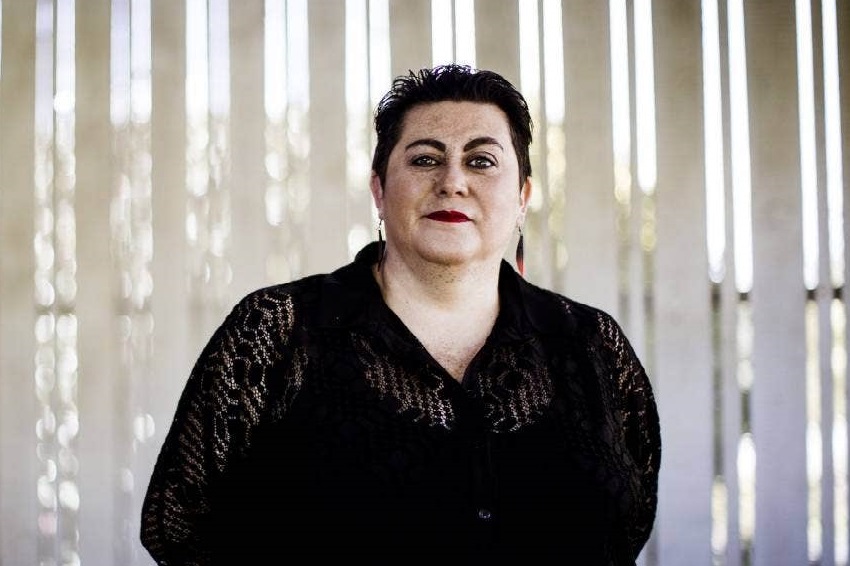Hidden curriculum in universities
Khylee Quince
28 Jul 2021

This article was first published in Stuff and written by Khylee Quince associate professor of law at Auckland University of Technology.
Some months ago a new student told me she had missed the first three weeks of lectures for the year because she didn’t have a suit. I asked what she meant, and she replied that, because she was studying to be a lawyer, surely she had to wear a suit to her lectures.
While humorous on one level, this anecdote is an example of what we call the “hidden curriculum”: the unspoken rules, behaviours and perspectives that can have a significant effect on the success or failure of students, and their levels of comfort in environments that may be new to them. While the explicit syllabus covers what is substantively taught, the hidden curriculum relates to social expectations of conduct and behavioural patterns, as well as deeper values and messages that are subconsciously conveyed about what is “normal” – which results in centralising and prioritising of particular cultural values, gender, sexuality, faith and class perspectives.
The hidden curriculum can include issues such as what to wear and forms of address – which may seem minor, but can cause embarrassment and discomfort if breached. The one time when suits are required in legal education is when students appear in mock trials or moots. Not being “appropriately attired” resulted in marks being deducted, which caused immense stress among students who had never owned formal wear or the means to buy it.
A group of my friends shared the one suit they had between four of them in their moot – which was made obvious by the fact that its owner was 6ft 4in and the suit was bright teal (it was the 90s – all the rage). I also recall the anxiety of not knowing what to call my lecturers, or whether it was OK to make contact outside the classroom and, if so, how – expectations that are more commonly communicated today.
The boundaries of professional relationships and behaviours are also culturally bound: an experienced teaching colleague who migrated from Scotland was initially mortified to see me sharing personal information and photos of my whānau in my classes, but has since learned that Kiwis in general are less formal than Europeans, and that such practices are key to engaging with Māori and Pacific students.

Systems and processes often fail to recognise or provide for different cultural or faith priorities, such as family or community obligations, sabbath timings or requirements, and this can cause frustration, confusion and resentment. Knowing how to navigate the processes and practices of environments such as universities is not second nature to members of communities who have little connection or experience of them.
The connection to privilege is obvious – what sociologist Robert K Merton dubs “the Matthew effect” of accumulated advantage, in reference to the biblical verse from the Gospel of Matthew that can be summarised as “the rich get richer and the poor get poorer”. In relation to the hidden curriculum, this means the unarticulated rules confirm general power dynamics to further entrench privilege.
In his 2008 book Outliers, Malcolm Gladwell illustrates the impact of a lack of social and cultural capital in tertiary education through the example of Christopher Langan. Despite an IQ that left Einstein in the dust, working-class Langan bombed out of university due to seemingly minor hiccups – missing a deadline for financial aid and being unable to navigate how to make a timetable change. In my experience, these kinds of bumps in the road can trigger a fight-or-flight response in students like Langan, who catastrophise such events to affirm their inner narrative that they neither fit nor deserve to be at university.
Scrutiny of the hidden curriculum is important to recognise barriers to effective engagement and success. It may also uncover discrimination – and inconsistency in messaging – such as teaching Māori knowledge, divorced from a Māori context, values and practices. Good reflective practice requires ongoing questioning and analysis of why we do what we do.